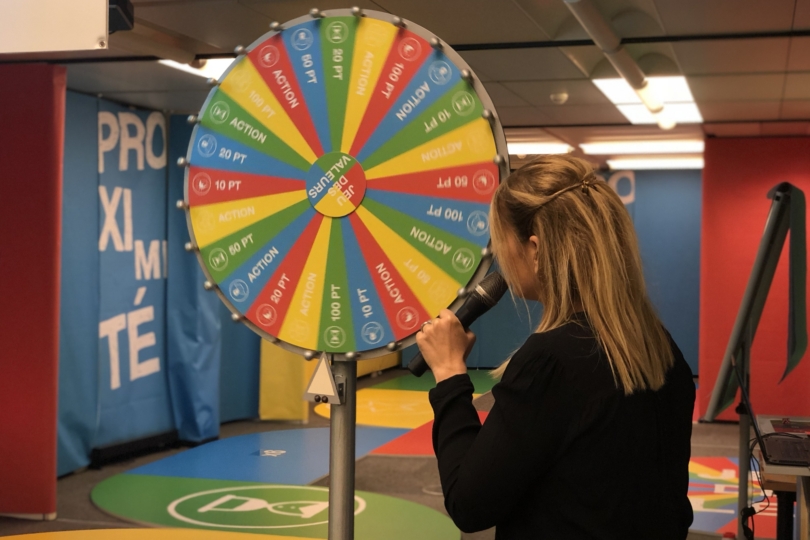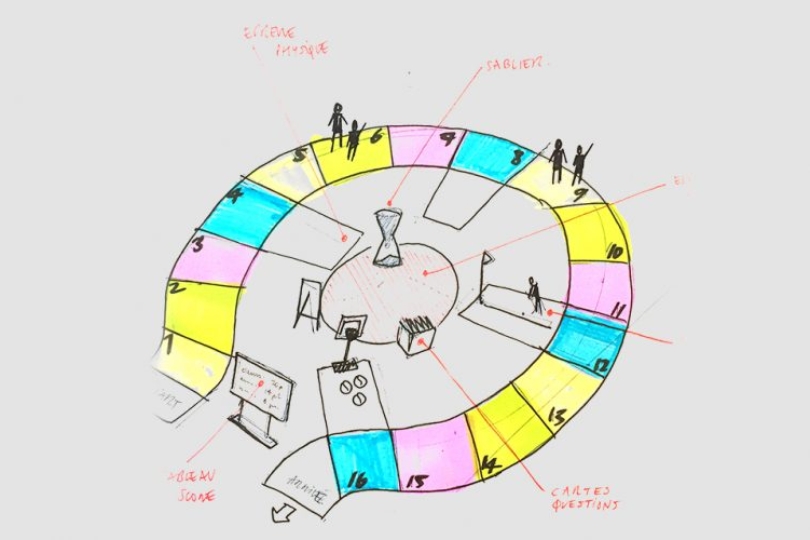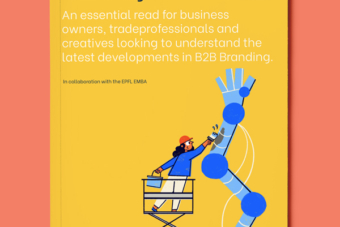Not known, not central, not relevant?
Swiss B2B companies have no choice but to take part in the global fight for talent. While many Swiss companies still carry a lot of weight on a CV, it can be hard for small and medium enterprises to match the allure of giants like Richemont or Novartis, or the excitement of the Swiss startup scene. The imbalance is even stronger abroad, where traditionally low-profile Swiss companies struggle frequently enough to spark interest against more established local companies or large global brands.
Adding to the challenge of name recognition is location. Many B2B companies are located in industrial or agricultural areas, far from the urban centres where talent, and especially young graduate talent, is concentrated. When considering how mobile the workforce has become and how employee expectations have evolved over the past decade, getting people to stay in rural or industrial areas, let alone attract top talent from elsewhere, is a challenge not to be taken lightly.

“Our vision and goals play a big role in bringing talents into the company”
Invest in your employees
But securing talent alone is not enough. An employer brand should resonate with all its employees. A brand they feel connected to gives them more purpose and drive, resulting in higher employee engagement and retention. The executives we interviewed also stressed the importance of employees actually bringing life to the brand: some even acting as brand ambassadors both inside and outside the company. Some companies, such as financial infrastructure provider SIX group, have begun to tackle the matter. According to their Head of Branding, Timur Tekyeli, “Our challenge is that our employees don’t always realise they carry the SIX brand in everything they do […] the prouder our employees are of the SIX brand, the better it is [for] our brand awareness outside the company.”
So how do you get employees to learn about and internalise company brand values? This question was posed to us by the Industrial Services of Geneva (SIG), a public-private partnership that manages a number of utilities for the Geneva region. The answer we came up with was perhaps unexpected: a life-size board game for employees. The tiles mixed scenes and actions mirroring the everyday life of employees with questions and facts surrounding SIG brand values. As employees moved around a familiar board, they were able to pick out the commonalities between their work and the brand values, forging a lasting connection between the two. Following a successful pilot, the game was rolled out and over 1,300 employees were able to take part in the creative and entertaining experiment.


“Our challenges is that our employees don’t always realise they carry the SIX brand in everything they do.”
A Talent(ed) Brand
So how can B2B companies use their brand to attract and engage talent? Strong brand presence, good media coverage and a modern brand identity can all help small and medium companies compensate for lesser size. Much like how companies are always adapting to changing customer expectations, they must also learn to consider employee expectations. From opening an urban hub to house city-loving professionals, to offering language classes for international employees struggling with schwyzerdütsch, Swiss companies must learn to cultivate – and communicate around – these initiatives as they would a new product or service.
Many larger Swiss B2B companies are now defining an “employer brand” that works in tandem with their “corporate brand”. AdNovum CEO Chris Tanner confirms that “Employer branding is becoming more important” for attracting talent. The software development company has built part of its strategy with future employees in mind, complementing the usual Silicon Valley-like perks like gourmet cafeterias with more impactful measures. These include choosing to locate its offices near public transport hubs, and facilitating flexible work arrangements to ensure the best possible work environments for employees.
Meanwhile, consulting giant Deloitte has created a dedicated employer branding unit in each of its key markets, boosting their local appeal and helping them connect and cement relationships with both passive and active job seekers. Another inspiring example comes from Geberit, a market leader in sanitary solutions. Since 2012, the company has invested in its employer brand, developing a specific visual appearance, producing employee-testimonial videos and increasing its presence at job fairs. Doing so has helped position Geberit as a progressive employer with an open corporate culture and international development opportunities.



Get Started…
From tweaking LinkedIn ads to be more appealing to a full-fledged office redesign complete with sleep pods and a yoga studio, the possibilities for shaping your employer brand are countless. It’s important to note that not all of them require enormous amounts of resources. A good brand strategy that is well conveyed will naturally boost an employer’s profile. Conversely, spending money on lavish facilities might resonate badly with staff if their main preoccupation is salary or training. That’s why it’s important to establish recruitment goals and a budget beforehand, expressing your creativity within the limits of reason.




